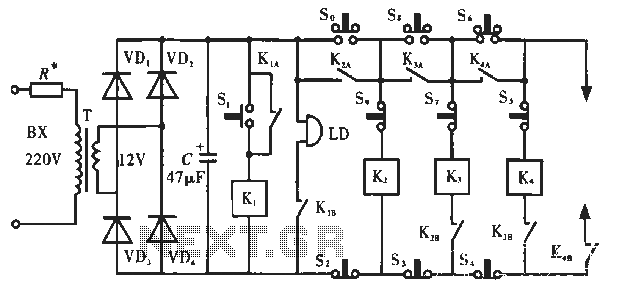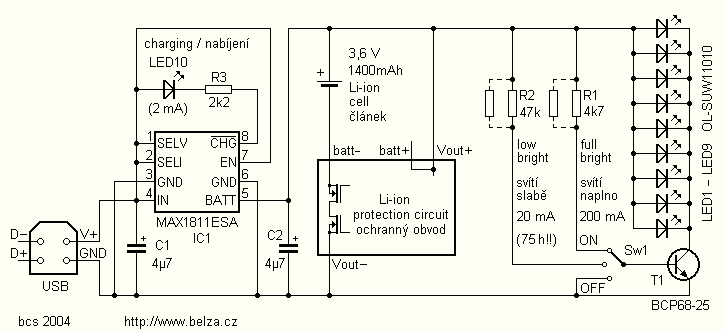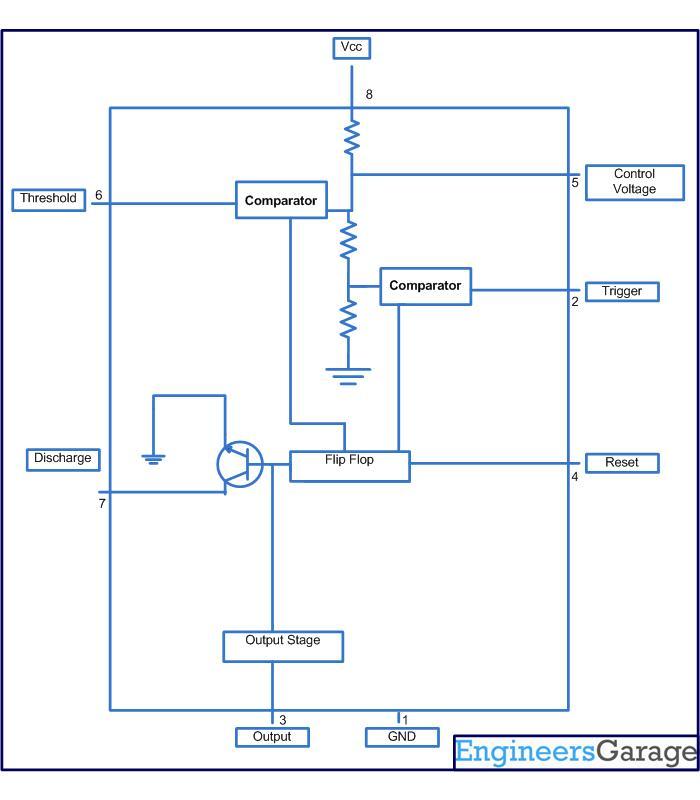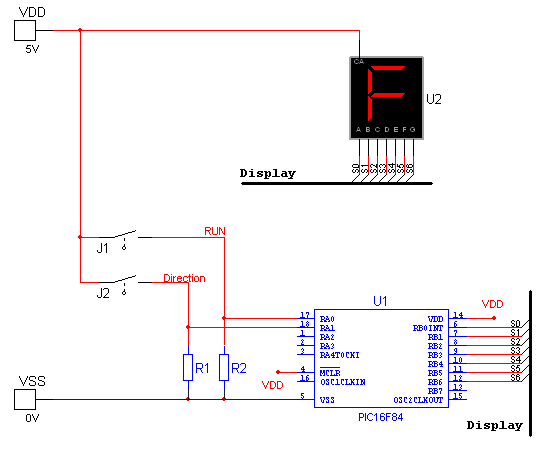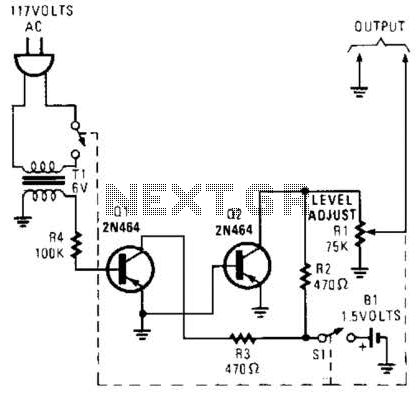
Low noise preamplifier circuit diagram of the speech
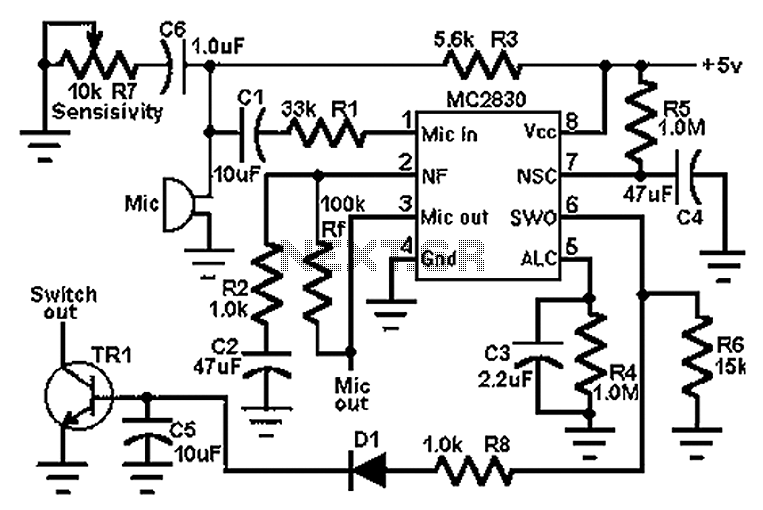
The circuit schematic utilizes the MC2830 voice circuit. Traditional voice circuits are unable to differentiate between speech and noise in the input signal. In noisy environments, such as those caused by switches, this limitation is significant. To address this issue, the voice circuit employs distinct waveforms for speech and noise. Speech waveforms typically exhibit wide amplitude variations, while noise waveforms remain more stable. Voice activation sensitivity is influenced by resistor R6. Adjusting R6 from 14K to 7.0K changes the sensitivity from 3 dB to 8 dB above the noise level.
The MC2830 voice circuit is designed to enhance speech recognition in environments with significant background noise. The circuit operates by analyzing the characteristics of the incoming audio signals and distinguishing between speech and noise based on their waveform properties. The speech signals, which are dynamic and exhibit considerable amplitude fluctuations, are processed differently compared to the more consistent and stable noise signals.
In this configuration, the resistor R6 plays a crucial role in determining the sensitivity of the voice activation feature. By modifying the resistance value from 14K ohms to 7.0K ohms, the circuit's threshold for recognizing speech can be adjusted. This adjustment effectively alters the sensitivity of the circuit, enabling it to better filter out unwanted noise. The resulting change in sensitivity from 3 dB to 8 dB indicates a more robust performance in environments where noise levels are higher, thereby improving the reliability of voice detection.
The MC2830 circuit can be integrated into various applications, including voice-activated systems, noise-canceling devices, and communication equipment. The ability to differentiate between speech and noise not only enhances user experience but also increases the efficiency of audio processing systems in challenging acoustic environments. The schematic would typically include components such as capacitors for filtering, operational amplifiers for signal conditioning, and additional resistors to fine-tune the circuit's response to varying input conditions. Circuit schematic as shown below, using the MC2830 voice circuit is formed. Traditional voice circuit can not distinguish between speech and noise of the input signal. In a noi sy environment, the noise is often caused by the switch, in order to overcome this weakness. A voice circuit noise above, this is done using different speech and noise waveform. Speech waveform usually have wide variation in amplitude, and noise waveform more stable. Voice activation depends R6. Voice-activated sensitivity decreased, if R6 changes 14K to 7.0k, from 3 db to 8 db above the noise.
The MC2830 voice circuit is designed to enhance speech recognition in environments with significant background noise. The circuit operates by analyzing the characteristics of the incoming audio signals and distinguishing between speech and noise based on their waveform properties. The speech signals, which are dynamic and exhibit considerable amplitude fluctuations, are processed differently compared to the more consistent and stable noise signals.
In this configuration, the resistor R6 plays a crucial role in determining the sensitivity of the voice activation feature. By modifying the resistance value from 14K ohms to 7.0K ohms, the circuit's threshold for recognizing speech can be adjusted. This adjustment effectively alters the sensitivity of the circuit, enabling it to better filter out unwanted noise. The resulting change in sensitivity from 3 dB to 8 dB indicates a more robust performance in environments where noise levels are higher, thereby improving the reliability of voice detection.
The MC2830 circuit can be integrated into various applications, including voice-activated systems, noise-canceling devices, and communication equipment. The ability to differentiate between speech and noise not only enhances user experience but also increases the efficiency of audio processing systems in challenging acoustic environments. The schematic would typically include components such as capacitors for filtering, operational amplifiers for signal conditioning, and additional resistors to fine-tune the circuit's response to varying input conditions. Circuit schematic as shown below, using the MC2830 voice circuit is formed. Traditional voice circuit can not distinguish between speech and noise of the input signal. In a noi sy environment, the noise is often caused by the switch, in order to overcome this weakness. A voice circuit noise above, this is done using different speech and noise waveform. Speech waveform usually have wide variation in amplitude, and noise waveform more stable. Voice activation depends R6. Voice-activated sensitivity decreased, if R6 changes 14K to 7.0k, from 3 db to 8 db above the noise.
